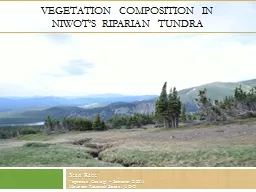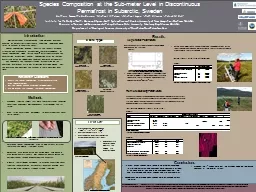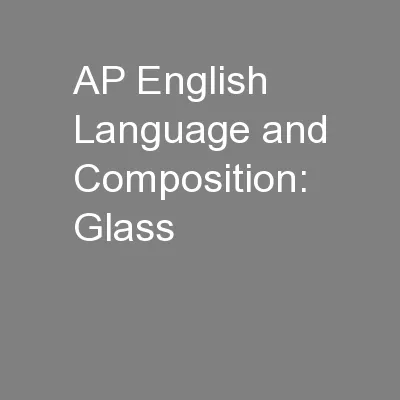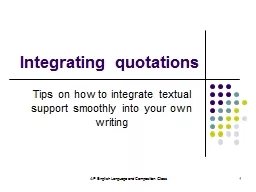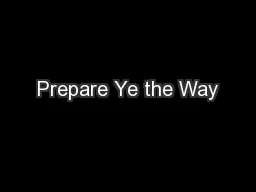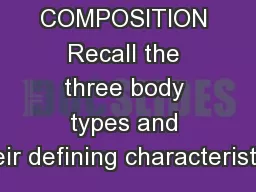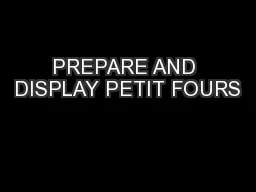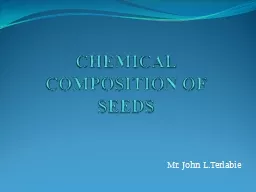PPT-Composition Do Now: Prepare for quick discussion:
Author : calandra-battersby | Published Date : 2018-03-23
What does this mean Why is it important What do you already know about it Composition defined Composition refers to not just visual arts but also writing music dance
Presentation Embed Code
Download Presentation
Download Presentation The PPT/PDF document "Composition Do Now: Prepare for quick di..." is the property of its rightful owner. Permission is granted to download and print the materials on this website for personal, non-commercial use only, and to display it on your personal computer provided you do not modify the materials and that you retain all copyright notices contained in the materials. By downloading content from our website, you accept the terms of this agreement.
Composition Do Now: Prepare for quick discussion:: Transcript
Download Rules Of Document
"Composition Do Now: Prepare for quick discussion:"The content belongs to its owner. You may download and print it for personal use, without modification, and keep all copyright notices. By downloading, you agree to these terms.
Related Documents


